Up at 3:30 a.m. Shower. So tired, I barely remember the shower, but I do remember the moment I realized that I was spraying deodorant in my hair rather than hair spray. That moment woke me up.
“Do I have time to stop by Starbucks?” I wondered as I left at 4:10 a.m.
 I drove by the front door of the Starbucks. Joy! The lights are on and there are two women behind the counter. I can taste that grande, nonfat hazelnut latte with an extra shot and see it sitting in the console of my car available for me to sip on as I drive to the airport. Wait, what!? The sign on the drive-thru window says they don’t open until 4:30 a.m. 4:30! There’s no way I’ll make my flight if I wait. I hit the road. I’m on my way to the airport to catch a flight to Sacramento.
I drove by the front door of the Starbucks. Joy! The lights are on and there are two women behind the counter. I can taste that grande, nonfat hazelnut latte with an extra shot and see it sitting in the console of my car available for me to sip on as I drive to the airport. Wait, what!? The sign on the drive-thru window says they don’t open until 4:30 a.m. 4:30! There’s no way I’ll make my flight if I wait. I hit the road. I’m on my way to the airport to catch a flight to Sacramento.
 California State Superintendent of Public Instruction, Tony Thurmond has convened a committee of educators from throughout California to inform recommendations for educator professional development. His team has provided 12 focus areas for short- and long-term goals.
California State Superintendent of Public Instruction, Tony Thurmond has convened a committee of educators from throughout California to inform recommendations for educator professional development. His team has provided 12 focus areas for short- and long-term goals.
Short-term Goals
- Equity and Access (UDL, MTSS, differentiation, etc.)
- Alignment/collaboration across levels, including teacher prep
- Research, identify and disseminate best practices
- Content-specific PL/PD
- EL Roadmap
- Literacy PL/PD
Long-term Goals
- Alignment from teacher prep through continuous PD
- Best practices/Models
- PL/PD Focus: Cultural Responsiveness
- Skills teachers will immediately employ in the classroom
- State Plan for PL/PD
- PL/PD Focus: Project Based Learning
My 3:30 wakeup call was the result of being invited to serve on this committee. I serve with curiosity and trepidation that our presence at this meeting and our efforts won’t really make a difference. I worry that this is another convening of a well-intentioned committee following which nothing will change. I also serve with excitement and a humble feeling to have the privilege of being a part of this conversation.
I arrive at the Sacramento County Office of education, check in and see several of my colleagues from over the years will be here as well. These are folks I know are not afraid to push the envelope. They have strong voices. They are strong proponents of supporting teachers and all educators to give them what they need to be successful with students. This is a power group of integrity and dedication.
The afternoon is well organized with clear priorities set forth. “Ooooh,” I think, “I don’t know how I feel about this. I feel an inkling of being guided into conversations that are designed to be safe and maintain the status quo.” Then Table 7 is announced. Other. Yes, other! “If none of the 6 categories align with your passions, you can go to Table 7, Other.” That’s me!
To be fair, the equity table is really tugging at me, but my vision for the changes we need in education is bigger than a single category. My vision and my passion encompass all the other categories that are available, and I do not want to address them in isolation. Great conversations around equity, cultural responsiveness, project-based learning, and developing multi-literate students are about to happen. But I like “other.” I am all in.
I hustle over to Table 7, “Other.” I grab the blue marker and am ready when I notice there is only one other gentleman at the table, “I’m not sure,” he said, “that this is the right table for me.” My heart sinks. “Stay,” I say, “let’s see what we come up with together.” A couple of women wander over, kind of hang out, eye the sign, “other,” hesitate, but stay. Slowly but surely, a few more people join the table. We have representation from the California Department of Education, data and assessment, a school district CTA president, legislative action, and environmental science.
“Other” was the best group to be a part of.
We shared the values and beliefs that informed our passion to serve on this committee. As a group, we created three large post-it pages of suggestions to empower personalized professional learning for educators. Ditch the sit and get model. Fund teachers on a per diem basis for professional learning on non-student days. Provide the technology and professional learning required to support students in becoming creators rather than consumers of digital content. Align skills-based instruction in schools with the skills industry is looking for. Plan for future skills-based instruction by referencing the World Economic Forum Future of Jobs Report. Support the whole teacher. Support teacher wellness!
A brief but insightful side conversation ensued, “Why do so many districts start the school year by pulling teachers out of their classrooms for professional development?” It’s not good for the kids. It creates more work for teachers and they certainly don’t have the time to implement new learning of their own in August and September. Teachers are planning lessons, getting to know their students, giving structure and stability to children from trauma-informed homes who missed the safety of school all summer. September is filled with more after-school meetings than any other month of the year. Do we really need all these September start-up meetings? Let’s be more efficient and give each interested group ten minutes to summarize their goals for the year at one staff meeting and call it good.
Well, back on track. The group listed suggestions to invest, truly invest, in new teachers during the first 3-5 years of their careers when they are most likely to decide to leave the profession. The group strongly believed in providing educators a living wage that allows educators to buy a home without having to get a second job. Let’s create structures that allow for true collaboration and implementation of professional learning into lesson planning design. Let’s structure the work day so teachers have the first part of the day to do this. Let’s stop asking educators to do heavy mental lifts and application of knowledge after they’ve been working with anywhere from 30-280+ students at the end of the day.
We put a heavy demand on educators to work on achieving long term goals at the time of day during which employees in all organizations are most tired. This is also the time of day when educators are focused on short-term goals such as planning instructional adaptations and preparation for the next day, supporting students in need of extra time and attention, calling parents they want to connect with before going home.
The suggestion that received significant support from the full committee as the discussion opened up to the full group was “take care of the whole teacher, their mental and physical wellness, financial security, and life balance.”
 Each participant was given black sticky dots to put on the idea they felt was most important from all the suggestions in the room and the “other” group, the group that recommended “Let’s take care of teachers” saw black sticky dots all over the recommendation. The applause after the group’s presentation was loud and the basis for much discussion during the break.
Each participant was given black sticky dots to put on the idea they felt was most important from all the suggestions in the room and the “other” group, the group that recommended “Let’s take care of teachers” saw black sticky dots all over the recommendation. The applause after the group’s presentation was loud and the basis for much discussion during the break.
There is so much that needs to be done within the education system to create the knowledge base and learning structures that best support students. A loud and clear message came forth though. We are stuck and we are going to continue to be stuck until our educators, teachers, support staff, and administrators are taken care of in workplaces that have the resources and mindset to focus on the health of the whole person.
The neuroscience behind learning already exists. The research-based practices that support student and adult learning already exist. Yet, the truth about the greatest struggle in the implementation of the learning science came forward through the placement of black sticky dots and loud applause. We need to take better care of our teachers. Then and only then will we have the bandwidth as a profession to engage in developing the structures to support the implementation of the most effective learning designs.
Finally, the ask of the day was to create a single statement with the sentence starter, “The superintendent should…”
Thus, we respectfully advise the California State Superintendent of Public Instruction to use his authority to work with Governor Newsom and the California Legislature to fund schools so that the resources are in place to provide for the needs of all students within structures that allow for educators to live balanced lives.
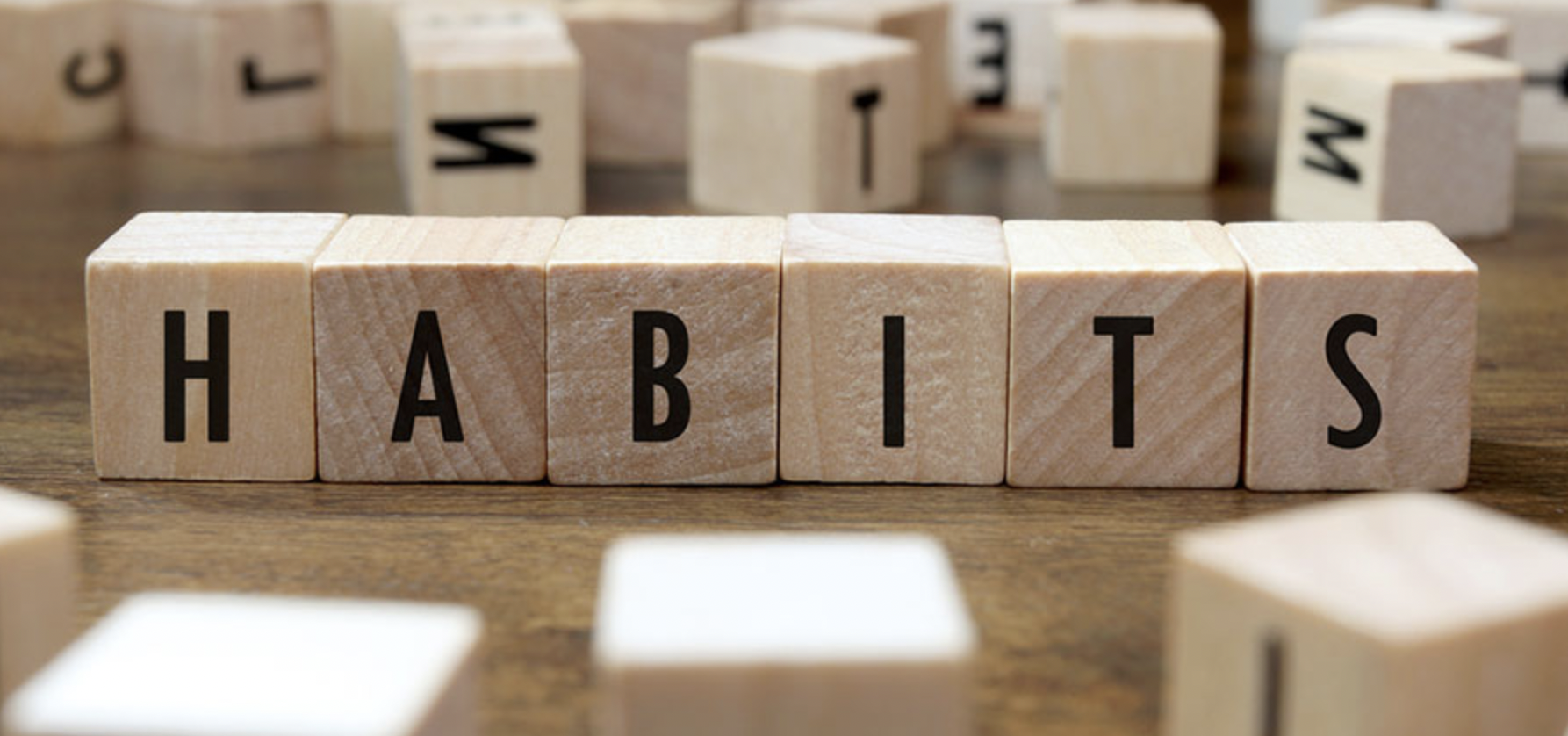

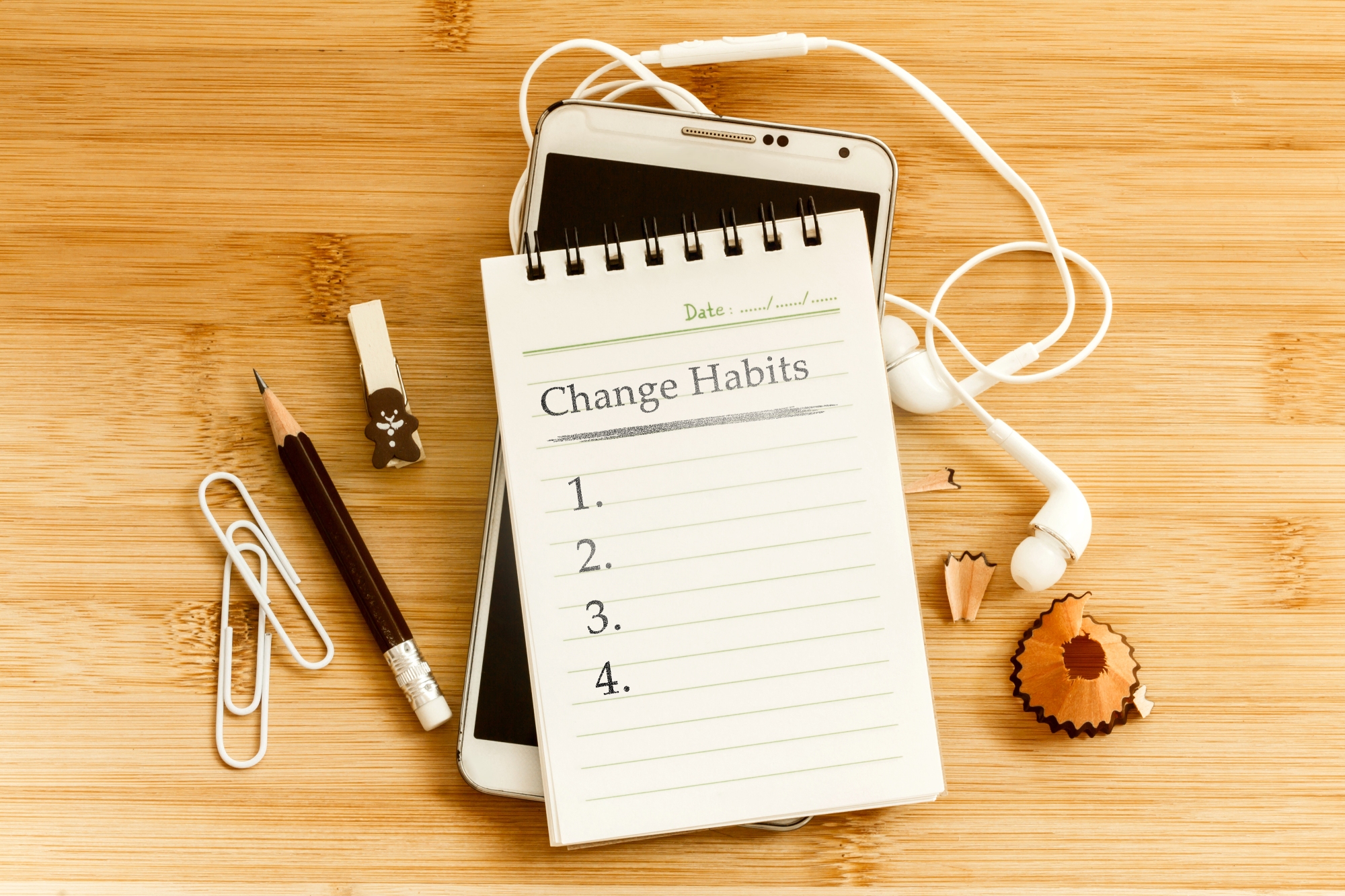
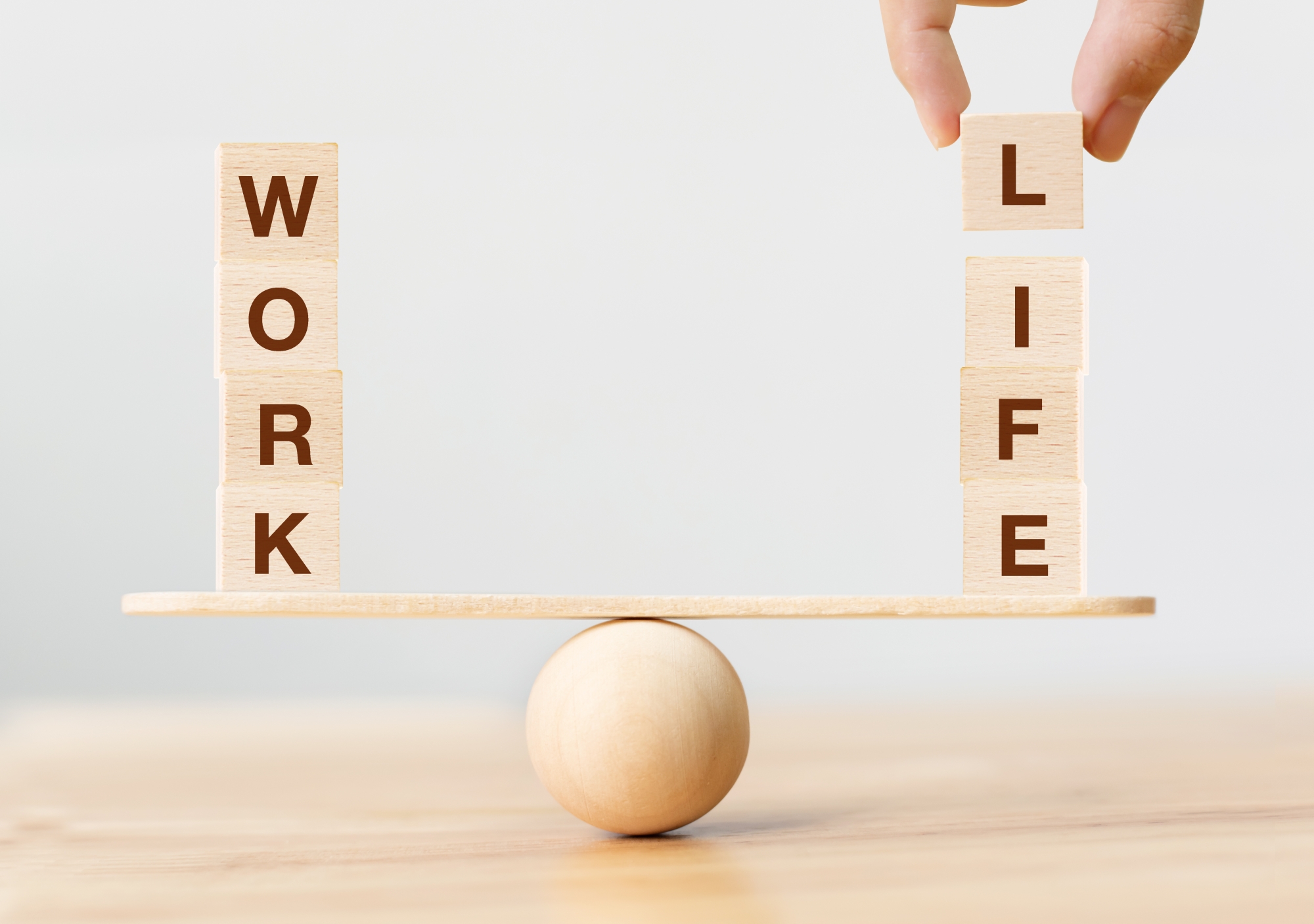
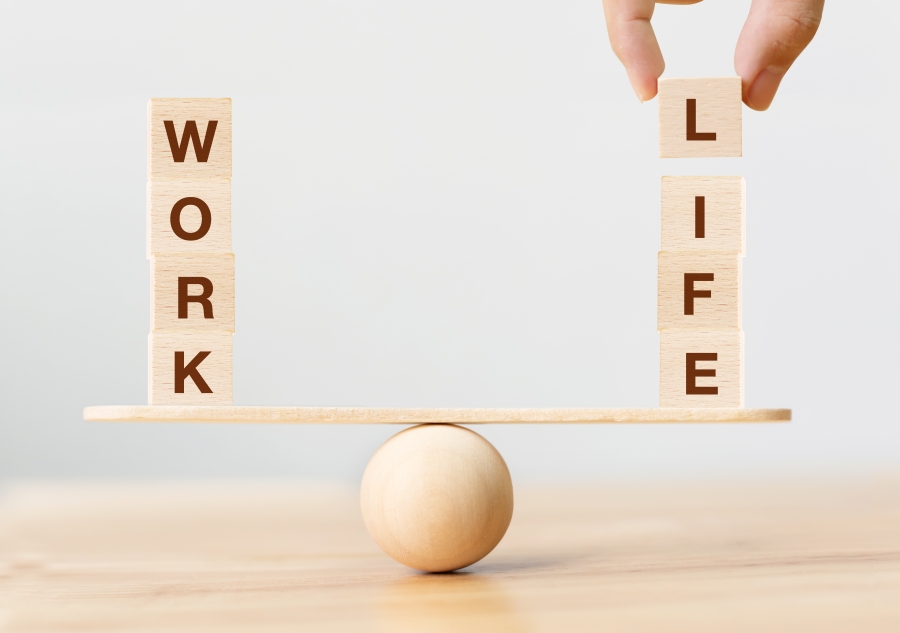
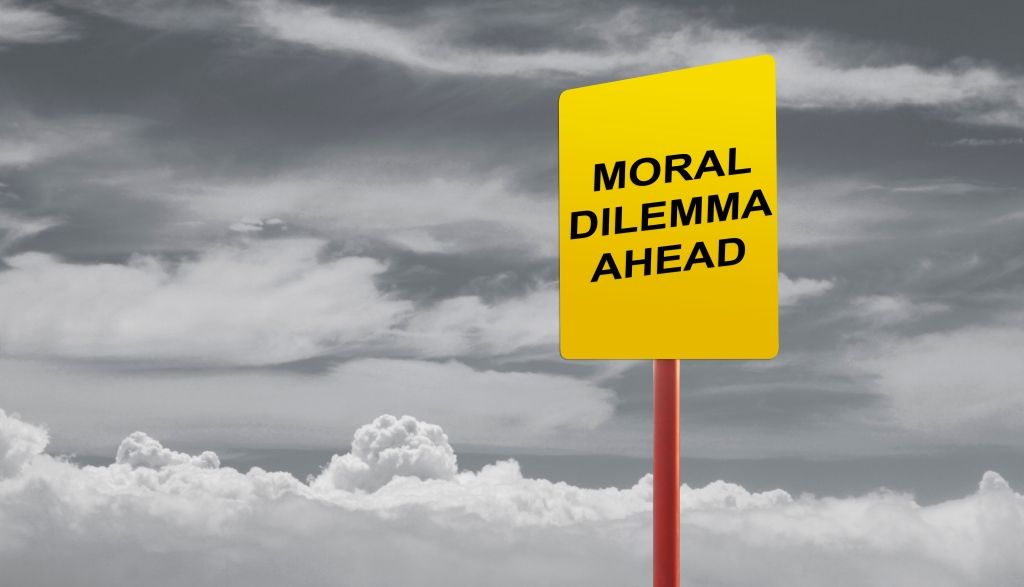


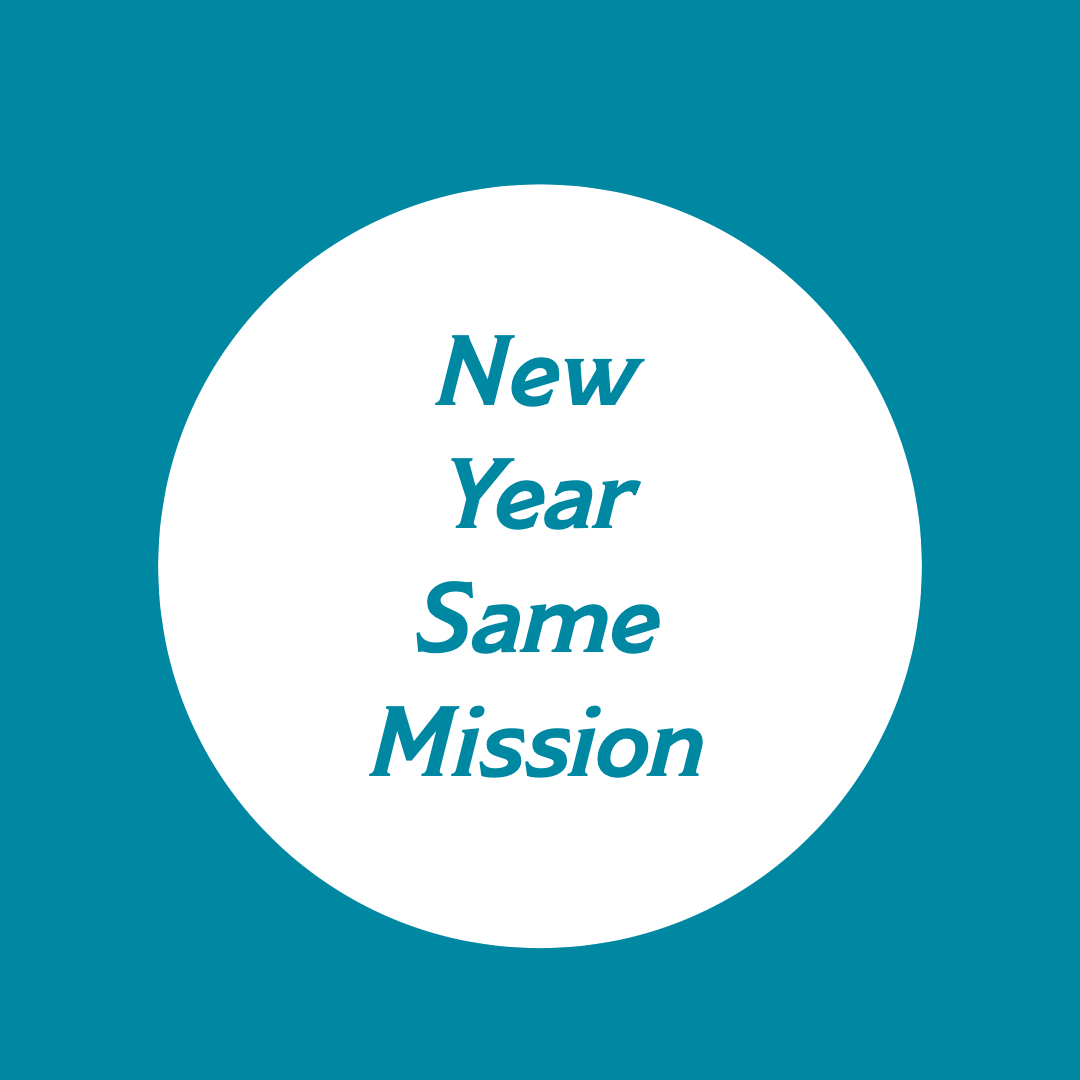

 .
.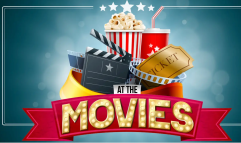
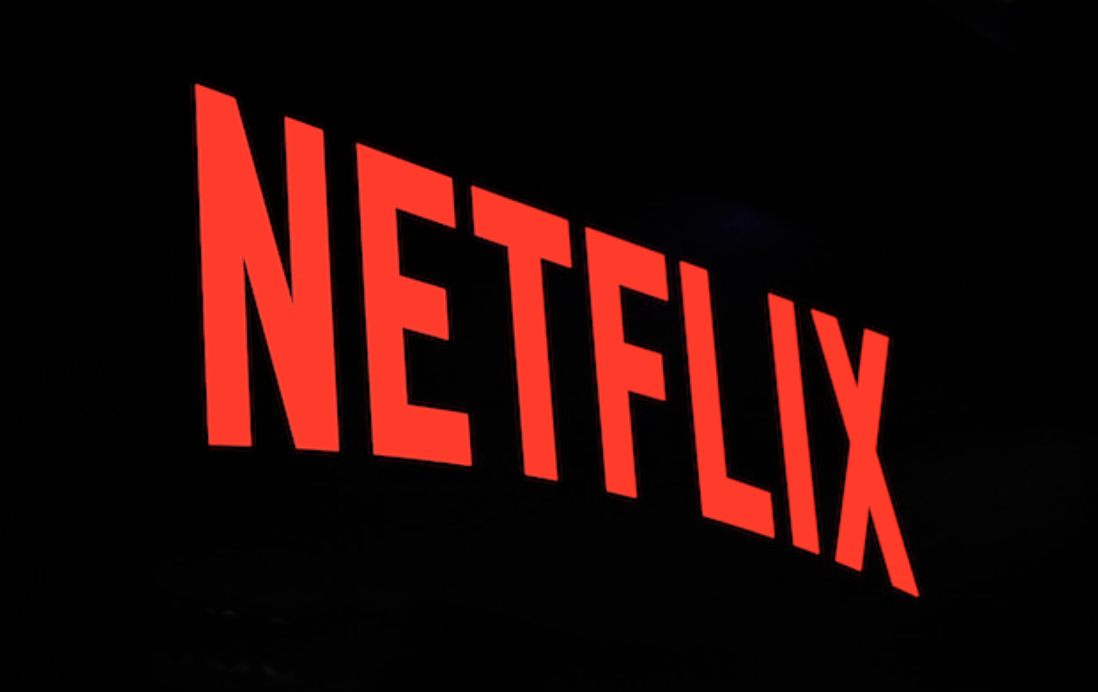



 I drove by the front door of the Starbucks. Joy! The lights are on and there are two women behind the counter. I can taste that grande, nonfat hazelnut latte with an extra shot and see it sitting in the console of my car available for me to sip on as I drive to the airport. Wait, what!? The sign on the drive-thru window says they don’t open until 4:30 a.m. 4:30! There’s no way I’ll make my flight if I wait. I hit the road. I’m on my way to the airport to catch a flight to Sacramento.
I drove by the front door of the Starbucks. Joy! The lights are on and there are two women behind the counter. I can taste that grande, nonfat hazelnut latte with an extra shot and see it sitting in the console of my car available for me to sip on as I drive to the airport. Wait, what!? The sign on the drive-thru window says they don’t open until 4:30 a.m. 4:30! There’s no way I’ll make my flight if I wait. I hit the road. I’m on my way to the airport to catch a flight to Sacramento. California State Superintendent of Public Instruction, Tony Thurmond has convened a committee of educators from throughout California to inform recommendations for educator professional development. His team has provided 12 focus areas for short- and long-term goals.
California State Superintendent of Public Instruction, Tony Thurmond has convened a committee of educators from throughout California to inform recommendations for educator professional development. His team has provided 12 focus areas for short- and long-term goals. Each participant was given black sticky dots to put on the idea they felt was most important from all the suggestions in the room and the “other” group, the group that recommended “Let’s take care of teachers” saw black sticky dots all over the recommendation. The applause after the group’s presentation was loud and the basis for much discussion during the break.
Each participant was given black sticky dots to put on the idea they felt was most important from all the suggestions in the room and the “other” group, the group that recommended “Let’s take care of teachers” saw black sticky dots all over the recommendation. The applause after the group’s presentation was loud and the basis for much discussion during the break.